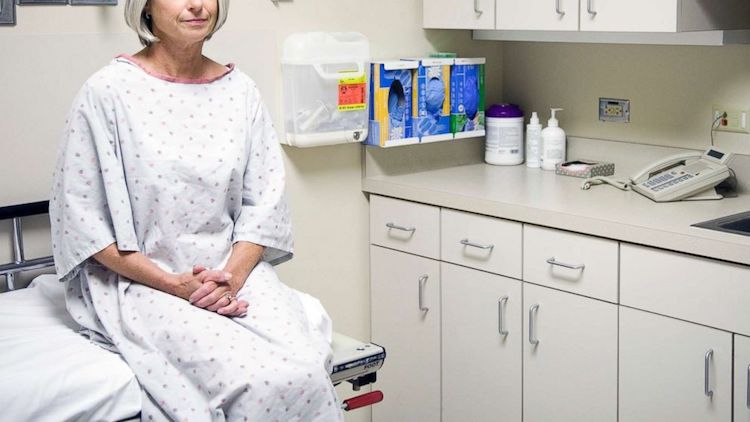- Home
- The Tips & Tricks
- What You Need To Know About Testing For Cervical Cancer

What You Need To Know About Testing For Cervical Cancer
By Stacy Simon
Senior News Editor, American Cancer Society
During the past several decades, screening – testing for cancer before symptoms develop – has reduced deaths from cervical cancer, as doctors have been able to find cancer early and treat it, or prevent it from developing.
The most common form of cervical cancer starts with pre-cancerous changes. These pre-cancers, which are caused by HPV (human Papillomavirus), can be found and treated before they have the chance to turn into cancer. These pre-cancers often have no symptoms, but their cells can be detected through regular screening. If pre-cancer cells are present they can be removed to help them from becoming cancer.
There are 2 types of tests used for cervical cancer screening.
- The Pap test can find early cell changes and treat them before they become cancer. The Pap test can also find cervical cancer early, when it’s easier to treat.
- The HPV test finds HPV infections that can lead to cell changes and cancer. HPV infections are very common. Most of the time the body can fight HPV infections before they can cause problems, but some infections lead to cell changes that might cause cancer. HPV tests can help doctors decide whether a woman is at increased risk of getting cancer before pre-cancer cells are present. The HPV test may be done along with or without a Pap test.
Following the American Cancer Society screening guidelines can help find pre-cancers to prevent them from becoming cancer. Screening can also help find cervical cancer early when it might be easier to treat.
- All women should begin cervical cancer screening at age 21.
- Women ages 21 to 29 should have a Pap test every 3 years. They should not be tested for HPV unless it is needed after an abnormal Pap test result.
- Women ages 30 to 65 should have both a Pap test and an HPV test every 5 years. This is the preferred approach, but it is also OK to have a Pap test alone every 3 years.
- Women over age 65 who have had regular screenings with normal results should not be screened for cervical cancer. Women who have been diagnosed with cervical cancer or pre-cancer should continue to be screened according to the recommendations of their doctor.
- Women who have had their uterus and cervix removed in a hysterectomy and have no history of cervical cancer or pre-cancer should not be screened.
- Women who have had the HPV vaccine should still follow the screening recommendations for their age group.
- Women who are at high risk for cervical cancer may need to be screened more often. Women at high risk might include those with HIV infection, organ transplant, or exposure to the drug DES. They should talk with their doctor or nurse.
- The American Cancer Society recommends that women do not get a Pap test or HPV test every year, because it generally takes much longer than that, 10 to 20 years, for cervical cancer to develop and frequent screening often leads to procedures that are not needed.
HPV vaccination can prevent cervical cancer
One way of preventing cervical cancer is to get vaccinated against HPV, which is known to cause almost all cervical cancers
Having HPV also increases the risk for other cancers and genital warts that can affect both males and females. The HPV vaccine helps prevent infections that can cause 6 types of cancers, including cervical cancer. The vaccine works best in younger people. Girls and boys should start the vaccine series at age 11 or 12, or at age 9. Girls and boys who do not get the vaccine at the recommended age should still get the HPV vaccination until age 26. To learn more visit www.cancer.org/HPV.
